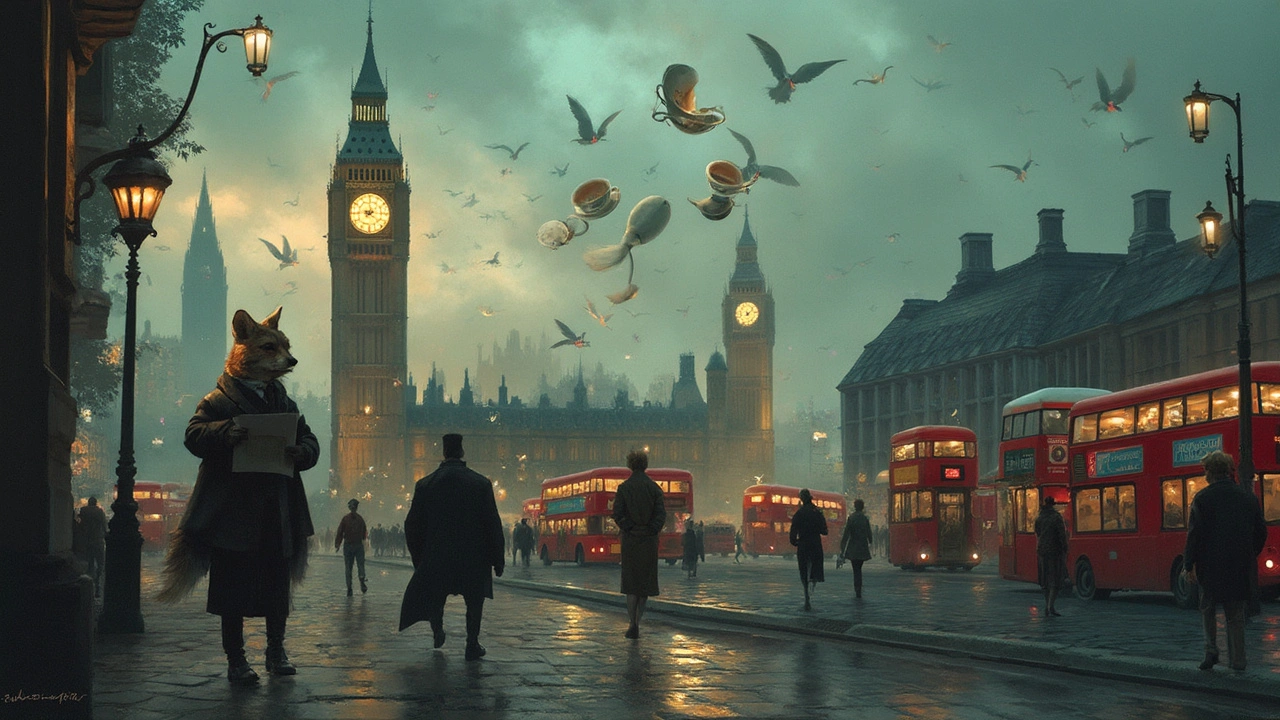Readers: Curated art reads for curious people
Want clear, useful writing about art without the jargon? This tag groups short guides, scene-setting histories, and practical how-tos you can actually use. Whether you want to learn a technique, pick a style for your home, or get a quick history lesson, start here. Each article is written to give you the key ideas fast and point you to next steps.
How to pick a starting point
Not sure where to begin? Ask yourself: Do I want history, technique, or design ideas? If history, read pieces on movements like Bauhaus, Cubism, or the Harlem Renaissance. If technique, try the photorealism guides and installation-art breakdowns. If you’re decorating or planning urban projects, check the avant-garde décor, Baroque Revival, and land art articles. Pick one topic, read one article, then follow the links inside to dig deeper.
Quick highlights you’ll find here
Want suggestions? Here are a few quick picks and why they’re useful:
- "Photorealism Art: Techniques, Secrets & History" — great if you want step-by-step tips and real examples to practice realistic painting.
- "Bauhaus Modernism" and "Bauhaus: A Beacon of Modernity" — short, clear reads about design you see every day (furniture, type, architecture).
- "How Abstract Expressionism Shaped Modern Art" and "Abstract Expressionism Meaning" — good for understanding expressive painting and what ‘abstract’ actually means.
- "Installation Art: Evolution, Techniques, and Famous Works" — practical for visitors and artists who want to know how installations are built and experienced.
- "Avant-Garde Home Décor" and "Baroque Revival" — quick, real-world tips for mixing bold art ideas into your space.
- "Fluxus" and "Fluxus: How a Movement Reshaped Contemporary Art" — short reads on playful, rule-breaking art you’ll start spotting everywhere.
Each article gives context (who mattered, when it happened), clear examples, and simple takeaways you can apply right away. For technique pieces, you’ll find tools, step sequences, and what to focus on during practice. For movement overviews, expect timelines, key figures, and visual traits that make styles easy to spot.
Want a guided path? Try this quick sequence: one movement overview (history), one technique article (how-to), and one practical design piece (how the ideas apply today). That mix helps you see both the why and the how.
Have questions or a topic you want explained simply? Use the comments or hit the contact link—many posts update based on reader questions. Bookmark this page to keep a running list of reads, or use it to steer a short self-study plan: ten articles, ten evenings, big jump in what you know.
Ready to explore? Scroll the list, pick a title that sparks curiosity, and start reading. You’ll leave with clear ideas, not confusion.

